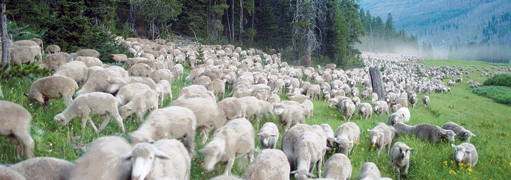Film Review: Sweetgrass, A Raw, Open-Eyed Elegy For The American Cowboy
Lots Of Baa, But No Humbug In This Raw, Open-Eyed Elegy For The American Cowboy


Latest Article|September 3, 2020|Free
::Making Grown Men Cry Since 1992

